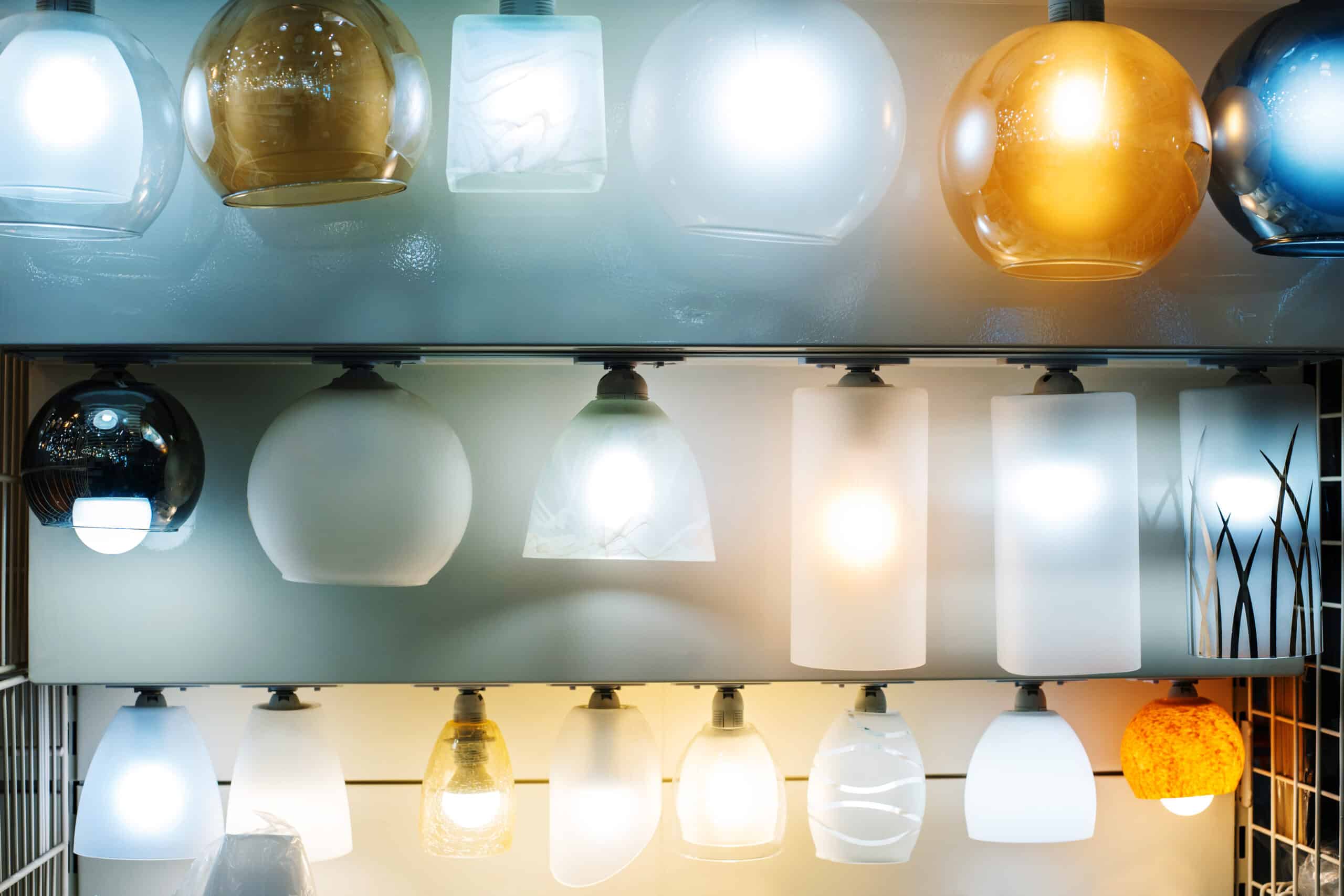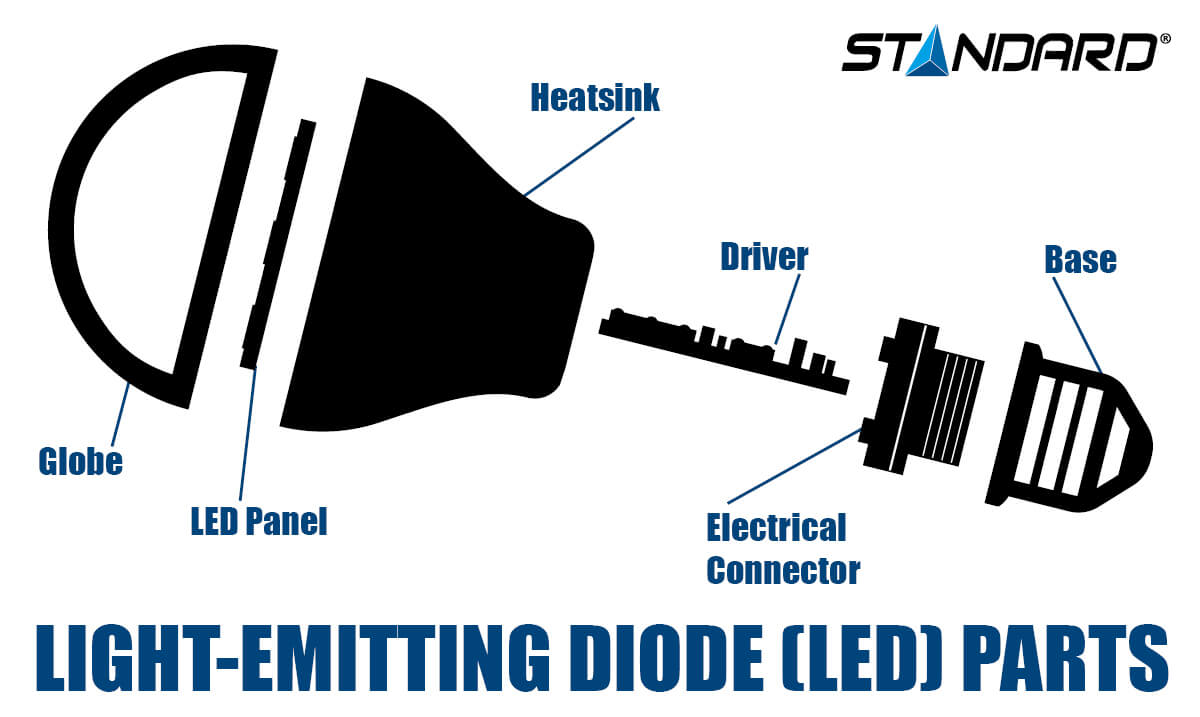MR16, Incandescent, PAR30, Halogen, Fluorescent, CFL, LED… what does it all mean? There are so many options on the market. How do I know which one is the best for me? Read on to understand the basics of lighting technologies used today.
Incandescent Lamps
Incandescent lamps were the first to arrive on the market. They are the foremost symbol of lighting as we know it.They come in three basic shapes:
- General (A)
- Globe (G)
- Decorative (D): (in the shape of a flame, a drop of water, or other shapes)
Reflectors (R)
The inside surface of these lamps is coated with a reflective layer that helps project light outwards. Reflective lamps (R) emit almost twice the amount of light of that of incandescent lamps of the (A – General) type based on equivalent energy consumption.Halogen Lamps
Halogen lamps emit a light that is both brighter and whiter than that of incandescent lamps. They also last longer. This type of lamp is available in two formats: line voltage (120 volts) and low voltage (12 volts).Line Voltage (120 Volts)
Numbers associated with the PAR letters refer to the diameter of each light bulb on a one-eighth of an inch measurement scale. For instance, the PAR16s measure 2″ while the PAR30s measure 3 ¾”.Low Voltage (12 volts)
MR8, MR11 and MR16s are mini reflectors (MR) that disperse excellent lighting in a small format. PAR36 lighting modules offer excellent lighting control, especially over long distances. Double-ended T4’s are small lamps that are mainly used for office lighting.Fluorescent Lamps
This type of lamp uses 20 to 30% less energy than traditional incandescent lamps for similar light output, yet lasts 20 times longer. Lamps and fluorescent tubes are now available in a variety of formats. Once again, numbers associated with the T (meaning Tube) indicate the diameter of the tube calculated at one-eighth of an inch. Thus, a T8 has a 1″ diameter while the T12 has a 1 ½” diameter. Linear fluorescent lamps, whether of the T12, T8 or T5 type, are most often used in high ceiling lighting applications. CFL’s or Compact Fluorescent Lamps are small format fluorescent lamps that can be used instead of traditional lamps.The LED (Light Emitting Diode)
Traditional lighting systems (incandescent, fluorescent, halogen, etc.) disperse light based on the principle that “ a heated object will emit thermal radiation”. However, this process radiates a great deal of heat: 95% of energy consumption is heat-radiated. In the case of the LED, radiation is produced mainly by the sphere itself. Thus, the amount of light dispersed radiates much less heat, yet lasts up to 25 times longer than its traditional counterpart. LED lamps are now available in a wide variety of shapes and sizes, and are used to replace existing lighting technology in today’s market. Check out our assortment of LED lamps.The End of Lamps
The advent of LED technology seriously revolutionized lighting technologies. Today’s lamps have a 25-year lighting lifespan. The question now remains: to change or not to change? Do we want to change a lamp after 25 years of use? Would it not be simpler to change the entire lighting system so that it fits more up-to-date standards? More and more often, today, we find lighting fixtures that encase the lamp entirely. In the not too distant future, we may no longer need to select from a wide range of lamp formats. What are your thoughts? Do you think the ‘timeless’ lamp bulb is destined to disappear?






